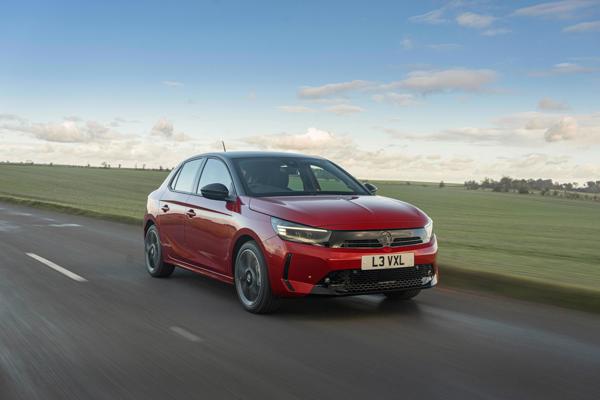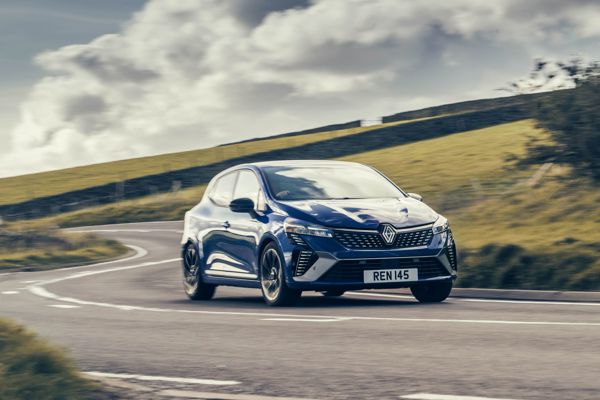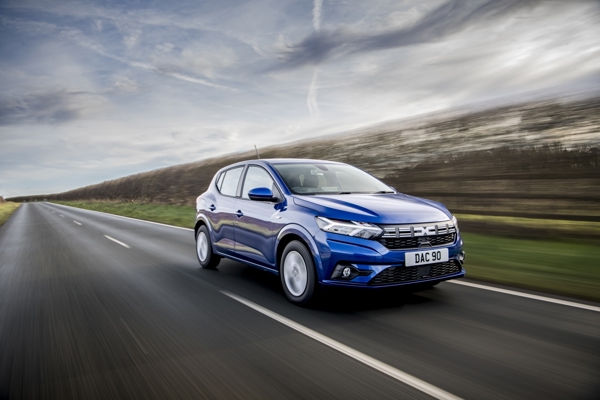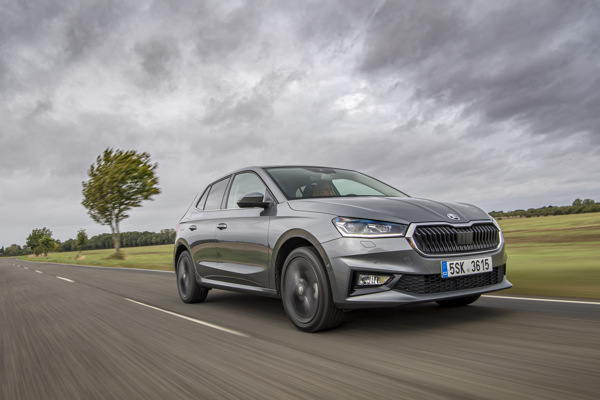Review
For 2020’s third-generation i10, Hyundai has upped the ante, making it stylish and customisable, as well as filling it with the kind of sophisticated technology you’d usually find on much larger cars.
You can’t really miss the new i10. Hyundai has made sure that this new model is every bit as eye-catching as its predecessor was anonymous.
Despite its tiny size, the Hyundai i10 offers as much practicality as many a larger supermini. There’s room for four six-foot tall adults to travel in comfort, without suffering the bent necks and sore knees that usually accompany a drive in a small car. A middle seatbelt means a fifth occupant can be squeezed in.
The boot, too, is a great size – at 252 litres it’s not much smaller than that in the Ford Fiesta, a car from the size class above.
The i10 is available with a pair of petrol engines – a 1.0-litre, three-cylinder unit with 67PS and a 1.2-litre four-cylinder offering 84PS.
The entry-level 1.0-litre is fine at town speeds, but it feels strained on the motorway, requiring a lot of throttle just to maintain a cruise. The 1.2-litre feels more relaxed and is also better suited to overtaking.
Neither engine has a turbocharger, so they need to be worked hard in order to get the best out of them. A new turbocharged engine with 99PS is on the way and will act as the sporty halo model in the range.
Hyundai’s predicted best-seller is the standard 1.0-litre manual. It’s also the fleet pick with up to 56.5mpg and CO2 emissions from 104g/km.
A five-speed automated manual, badged as AMT, is available but it’s laughably bad, bucking and bumping around like a learner driver on their first lesson. It even makes the already quite slow i10 even slower – in fact, the 1.0-litre AMT is one of the slowest cars on sale.
Meanwhile, the more powerful 1.2-litre engine returns 55.4mpg, 108g/km.
Our time in a variety of models saw us averaging mpg in the mid-40s. This didn’t change much from the 1.0-litre to the 1.2-litre, suggesting that the extra power of the latter means it doesn’t have to work so hard to move the i10 around.
Hyundai has filled the i10 with loads of kit, some of which you might not expect on an entry-level model such as this.
As a result, you’ll find the likes of a wireless charging pad, connected navigation with real-time traffic updates and even a companion app that can remotely lock, locate and check the car’s status.
SE grade starts from £12,290. There is also SE Connect (+£1,000) or Premium (+£2,000).
Safety equipment, including with lane-keeping aids and autonomous emergency braking, comes as standard. It’s even possible to specify all-round parking sensors and a reversing camera.
Keen drivers are better opting for the Volkswagen Up. Those who need an automatic should go for a Kia Picanto and, naturally, any car will struggle to lure fashionistas from their Fiat 500s.
However, the Hyundai i10 is a thoroughly excellent little car that should appeal to everyone else.
Tom Wiltshire
Specification shown for Hyundai i10 1.2 SE Connect
Author:
Fleet News
Specs
| Manufacturer | Hyundai |
| Model | i10 |
| Specification | i10 Hatch 5Dr 1.2 84 SS €6 SE Connect 20.5MY |
| Model Year | 0.00 |
| Annual VED (Road tax) | £0 |
| BIK List Price | £14,390 |
| CO2 | 124g/km |
| BIK Percentage | 27% |
| Insurance Group | N/A |
| CC | N/A |
| Fuel Type | Petrol |
| Vehicle Type | Small car |
| Luggage capacity (Seats up) | 5litres |
Running Costs
| P11D | £14,390 |
| Insurance group | N/A |
| Fuel Type | Petrol |
| Cost per mile | 46.70ppm |
| Fuel | 10.25ppm |
| Depreciation | 34.70ppm |
| Service maintenance and repair | 1.75ppm |
Rivals
Info at a glance
-
P11D Price
£14,390
-
MPG
52.3 (WLTP) -
CO2 Emissions
124g/km -
BIK %
27% -
Running cost
3 Year 60k : N/A 4 Year 80k : N/A -
Fuel Type
Petrol



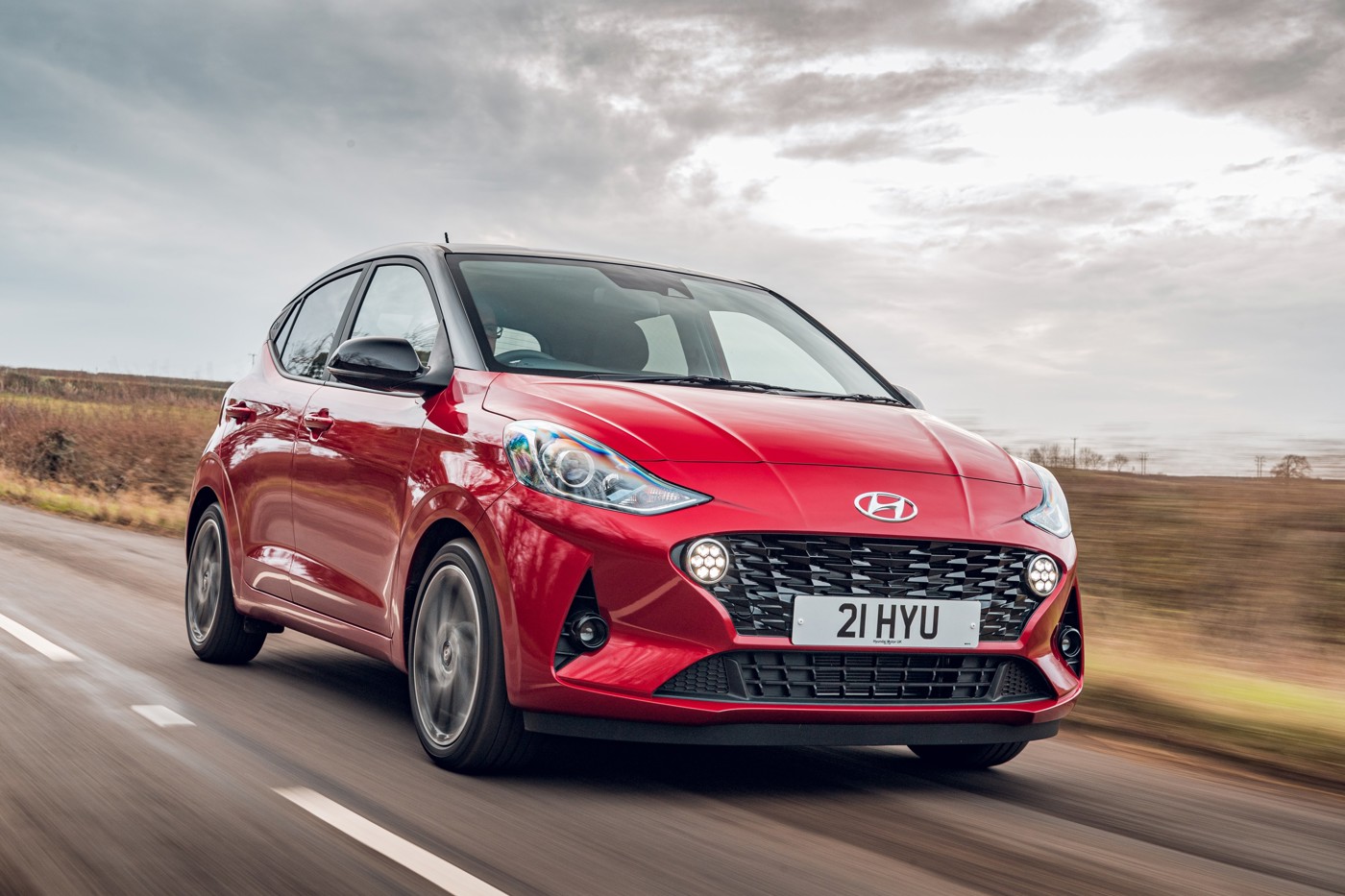

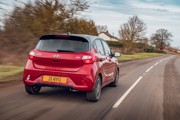
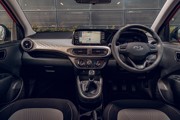

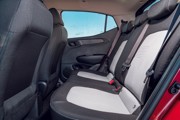
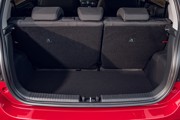
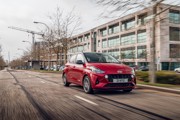
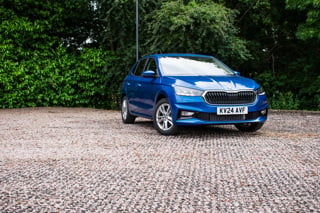
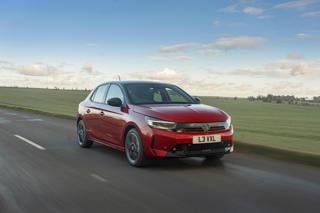
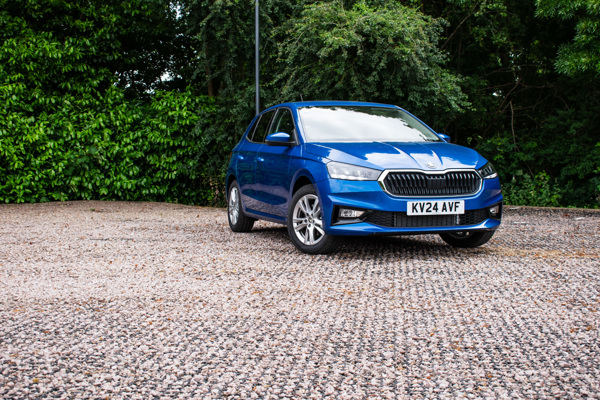
 Petrol
Petrol
